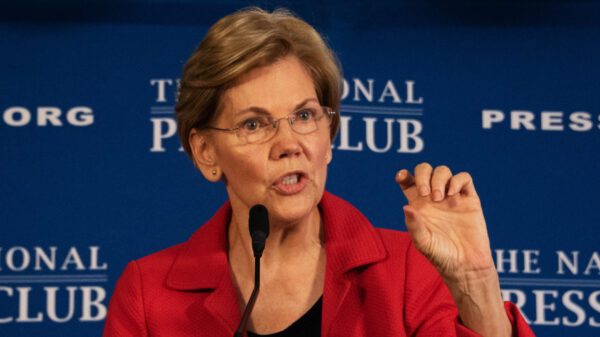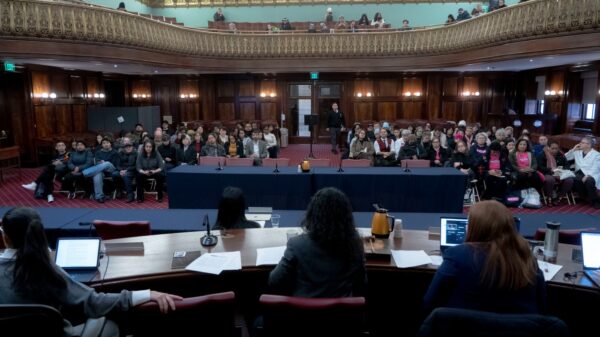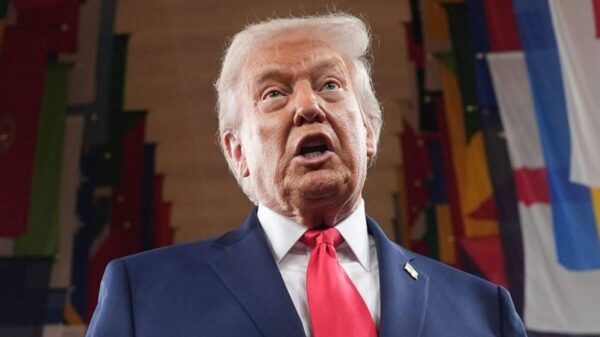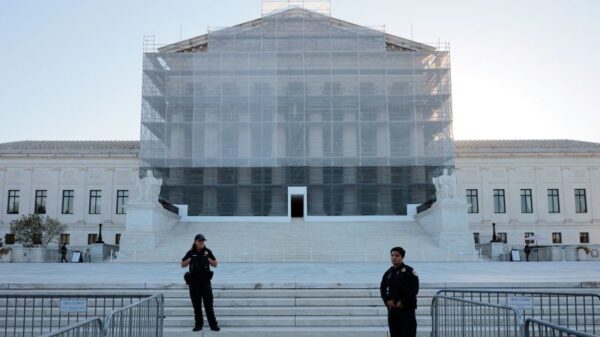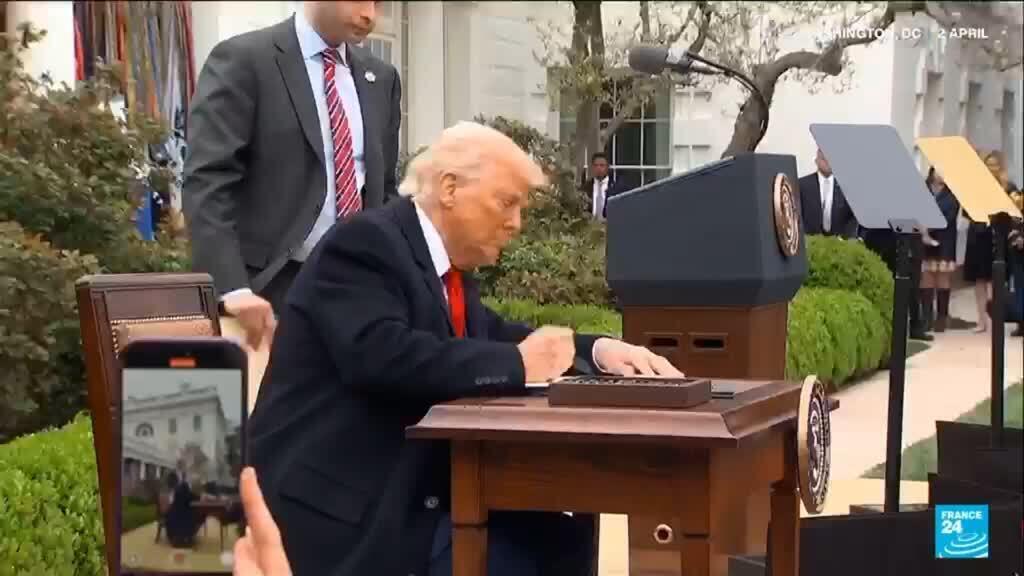UPDATE: Effective today, the United States has officially implemented the much-anticipated global tariffs initiated by former President Donald Trump. This significant policy shift, known as “T-Day,” raises average tariff rates from 2% to a staggering 15%, following a 90-day pause that allowed select countries to negotiate reduced deals.
The immediate impact of this policy is profound, as it aims to address longstanding trade imbalances and generate revenue. By July 2023, these tariffs had already accumulated over $150 billion in revenue, affecting various sectors across the economy. Countries like India and Brazil will face significant increases, while others may benefit from negotiated reductions.
The urgency surrounding this tariff implementation cannot be overstated. Analysts predict that the hike will lead to increased costs for consumers and businesses alike, prompting widespread concern over inflation and potential economic repercussions. Sectors such as manufacturing and agriculture are expected to feel the brunt of these changes, impacting everyday Americans.
In addition to immediate economic implications, these tariffs signal a renewed focus on America’s trade relationships. The Biden administration is now tasked with navigating the repercussions of this policy shift. The potential for retaliatory measures from affected countries adds another layer of complexity to an already tense global trade landscape.
As this situation develops, key stakeholders are closely monitoring the outcomes. What actions will foreign governments take in response? Will U.S. industries adapt to the new tariff landscape? These questions remain at the forefront as the U.S. embarks on this new trade journey.
Stay tuned for further updates as this story unfolds. The implications of these tariffs will resonate well beyond today, shaping the future of international trade and economic policy in the United States.


